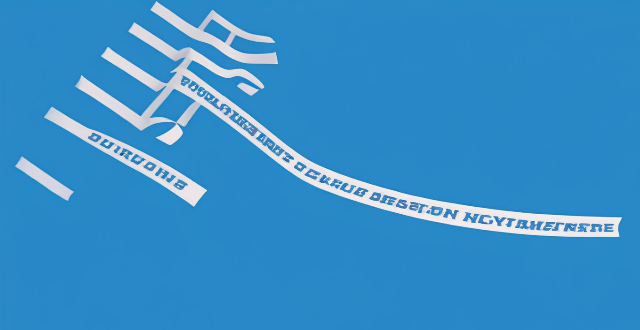Troubleshooting common issues with AC stepping motors involves addressing problems such as missing steps or low torque. This is done by checking the power supply, examining the drive system, analyzing mechanical components, evaluating control signals, and considering environmental factors. It is important to approach the problem methodically, starting with basic checks before moving on to more complex diagnostics.

Troubleshooting Common Issues with AC Stepping Motors
Missing Steps or Low Torque
When dealing with AC stepping motors, it is not uncommon to encounter issues such as missing steps or low torque. These problems can be caused by a variety of factors, including electrical and mechanical issues. Here are some troubleshooting steps you can follow to identify and resolve these common problems:
1. Check the Power Supply
- Ensure Proper Voltage and Current: Make sure that the power supply is providing the correct voltage and current for your stepping motor. Incorrect power supply settings can lead to underperformance and missing steps.
- Check for Voltage Spikes or Noise: Voltage spikes or electrical noise can disrupt the motor's operation, causing it to miss steps or experience low torque. Use an oscilloscope to check for any irregularities in the power supply.
2. Examine the Drive System
- Verify Driver Settings: Ensure that the driver settings (such as microstep resolution, current limits, etc.) are appropriate for your application and motor. Incorrect settings can affect the motor's performance.
- Inspect Wiring and Connectors: Loose connections or damaged wiring can introduce errors that result in missing steps or reduced torque. Inspect all wiring and connections for damage or corrosion.
3. Analyze Mechanical Components
- Check for Proper Alignment: Misalignment of the motor shaft with the load can cause binding or excessive friction, leading to missing steps or reduced torque. Ensure that all components are properly aligned.
- Lubrication and Wear: Lack of lubrication or worn bearings can increase friction, affecting the motor's ability to turn smoothly. Check for proper lubrication and inspect bearings for wear.
4. Evaluate Control Signals
- Check for Incorrect Commands: Incorrect control signals, such as too rapid step commands or improper acceleration/deceleration profiles, can cause the motor to miss steps. Verify that the control signals match the motor's specifications.
- Look for Interference: Electrical interference from other devices can disrupt control signals, leading to synchronization issues. Ensure that control signal wiring is shielded and away from sources of interference.
5. Consider Environmental Factors
- Temperature Effects: Excessive heat can degrade motor performance and reduce torque. Ensure that the motor is operating within its temperature range and consider cooling solutions if necessary.
- Contamination: Dust and debris can accumulate on the motor and its components, affecting their operation. Regular cleaning may be required to maintain optimal performance.
Conclusion
By systematically checking each of these areas, you can effectively troubleshoot common issues with AC stepping motors, such as missing steps or low torque. It's important to approach the problem methodically, starting with the most basic checks (like power supply and wiring) before moving on to more complex diagnostics (like control signal analysis). Remember to consult your motor's manual for specific guidelines and troubleshooting tips tailored to your particular model.